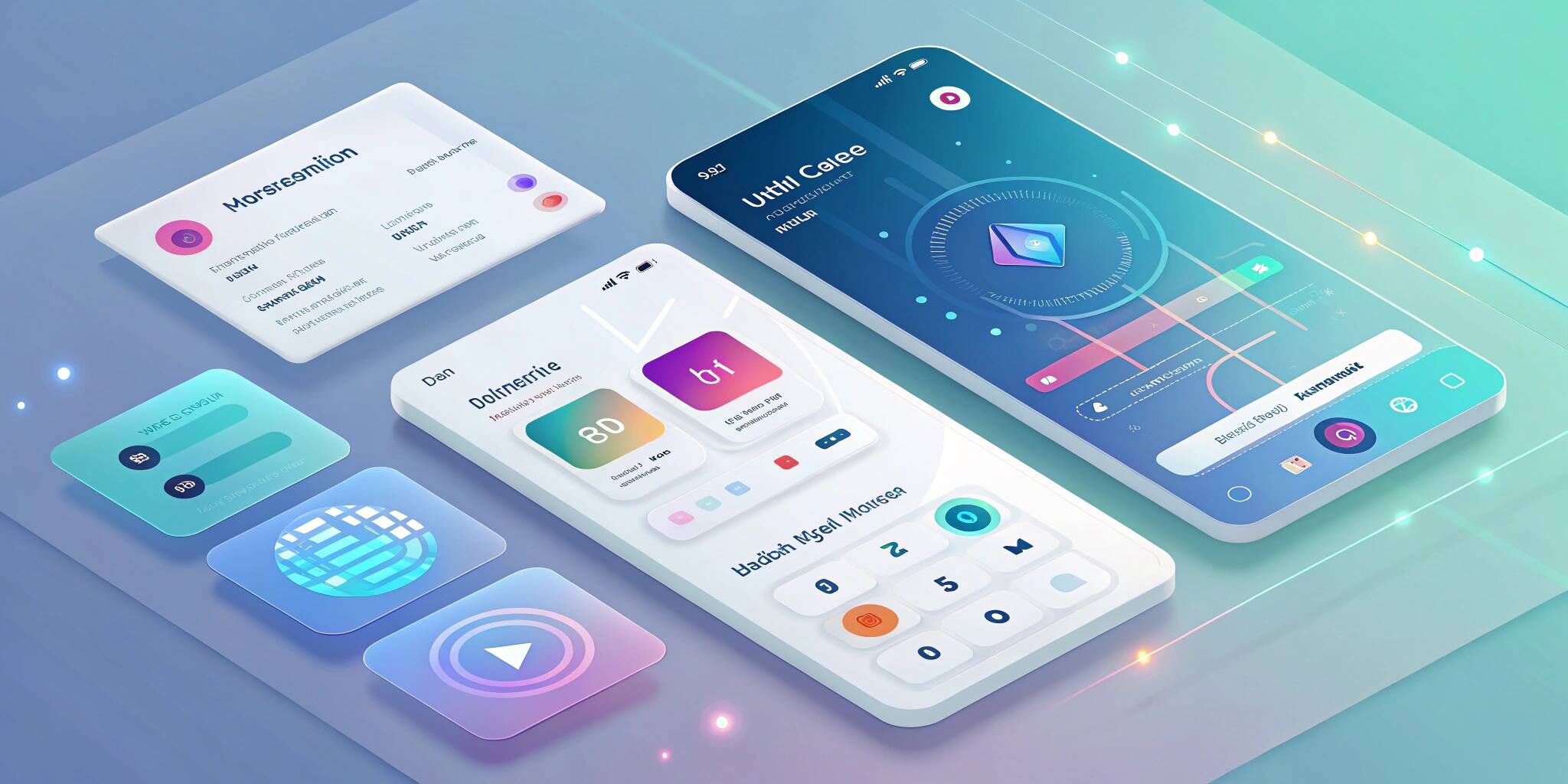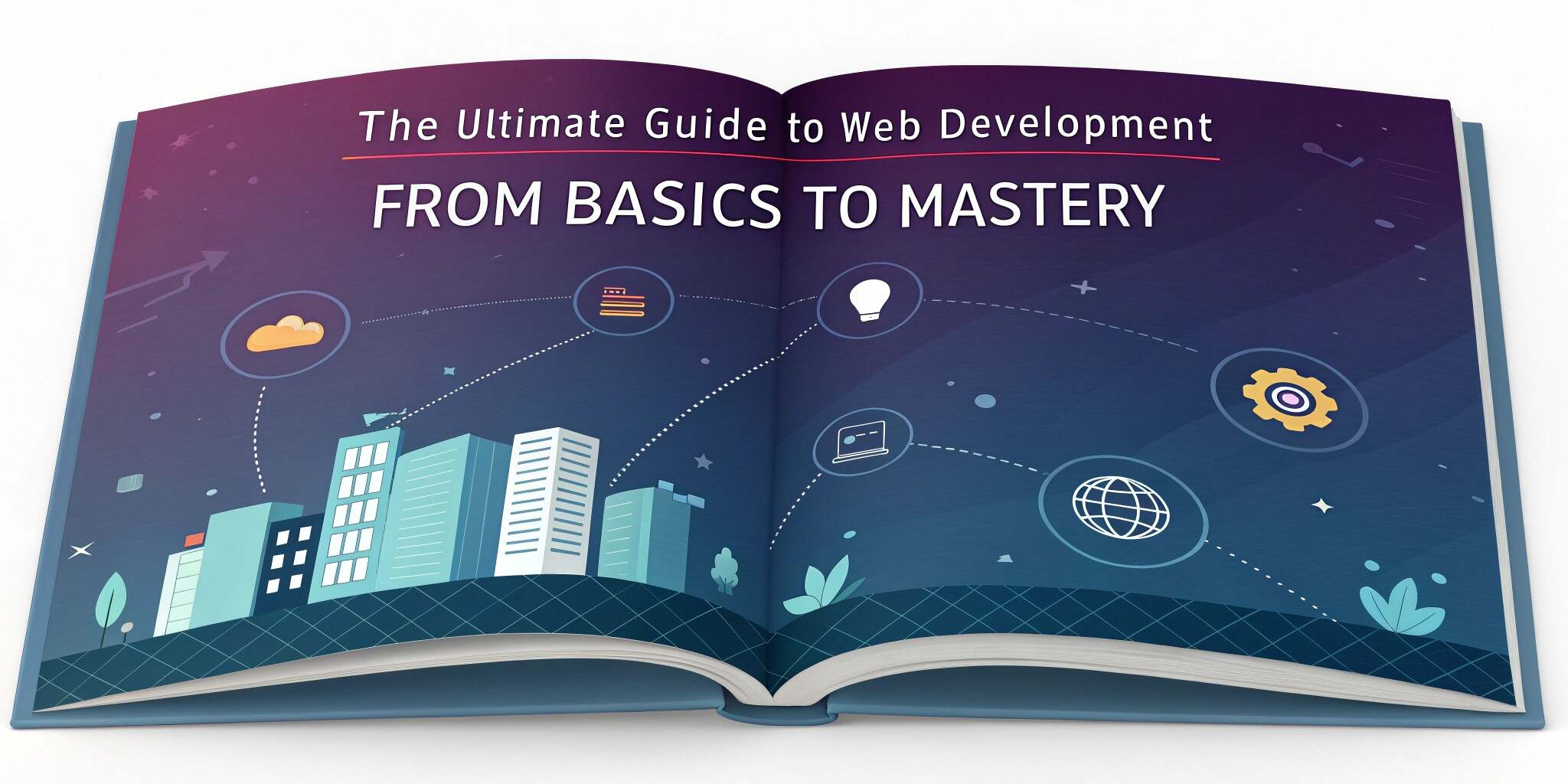Introduction
The design world is constantly evolving, with aesthetics playing a crucial role in user engagement. Among the latest trends making waves in UI/UX design are Neumorphism 2.0 and Glassmorphism in Motion. These styles not only look visually pleasing but also enhance interactivity and user satisfaction.
What is Neumorphism 2.0?
Neumorphism 2.0 is the refined evolution of the original neumorphism concept, focusing on realism with usability. It uses soft shadows, subtle depth, and minimalistic elements to create tactile-like interfaces. The updated version corrects past accessibility concerns by improving contrast, responsiveness, and adaptive design for all screen types.
Understanding Glassmorphism in Motion:
Glassmorphism in Motion builds upon the frosted-glass effect by incorporating smooth transitions, hover states, and dynamic blur effects. The result is a UI that feels futuristic and fluid, allowing users to interact with translucent layers and shifting backgrounds, creating a premium feel across web and mobile apps.
Benefits of These Styles in UI Design:
- Enhanced Aesthetics: Both styles bring a sense of realism and sophistication.
- User Engagement: Motion adds life, making interactions feel natural and intuitive.
- Brand Differentiation: Unique visual identities help apps stand out in saturated markets.
- Responsive Depth: Designs maintain elegance across different screen sizes and devices.
Combining Both Trends:
Designers are increasingly blending Neumorphism 2.0 and Glassmorphism in Motion for layered UI that’s soft, sleek, and interactive. Think cards with a glassy blur, embedded in a neumorphic background—creating a sense of depth and elegance like never before.
Use Cases in Real-World Applications:
- Fintech Apps: Deliver clean, modern dashboards.
- Healthcare UI: Soft yet clear layouts for calm user interaction.
- Smart Home Interfaces: Realistic, responsive buttons with ambient motion.
Conclusion:
Neumorphism 2.0 and Glassmorphism in Motion aren't just trends—they represent a user-centric shift toward immersive, elegant, and accessible design. As UI/UX continues to evolve, these styles are poised to redefine the standard for digital interfaces.


